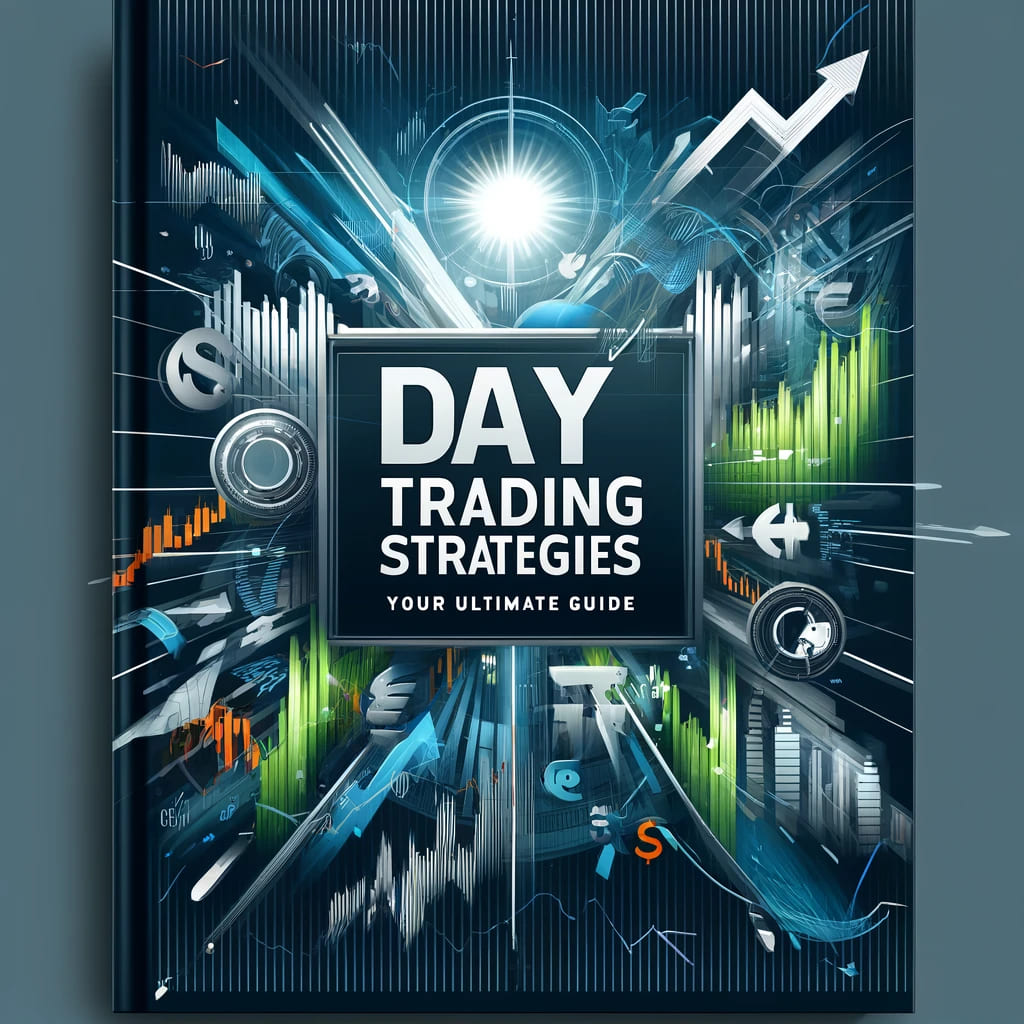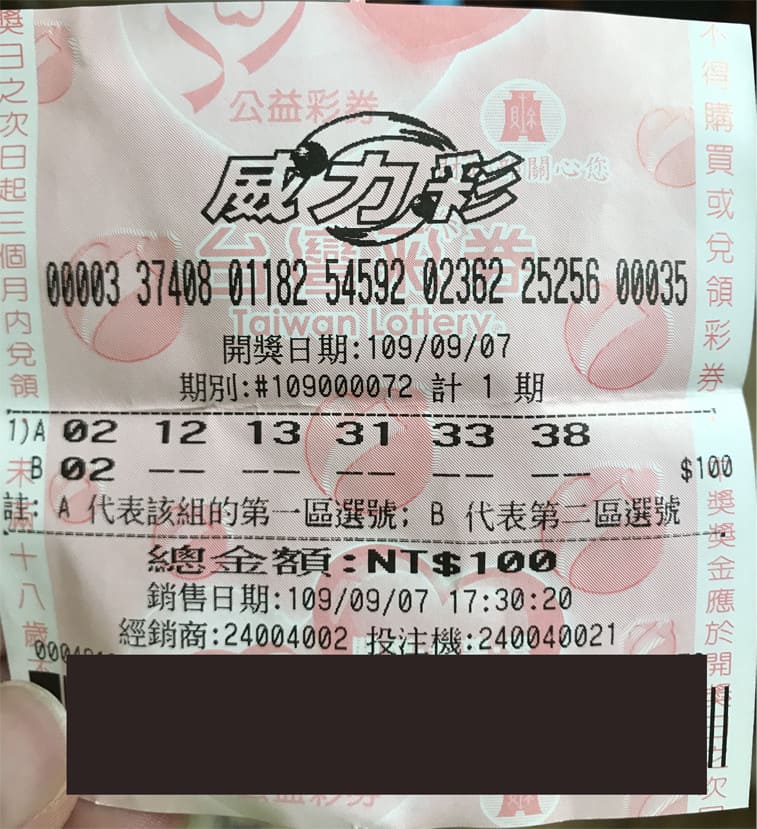What is an ETF Exchange Traded Fund?
The Conceptual Features of ETFs and Global Market Products
Mr. LianxiPosted on 2024-03-17 16:59:43
#financialmanagement
The diversification of the global economy has provided investors with unprecedented opportunities, and Exchange-Traded Funds (ETFs) have become a crucial tool for investing in these opportunities, making cross-border investments more accessible. From the S&P 500 in the United States to unique opportunities in emerging markets, ETFs cover the core assets of the world's major economies as well as markets in specific countries and regions, such as Japan, Korea, Taiwan, China, Europe, and more emerging markets. These tools allow investors to widely diversify their portfolios with one or several trades, explore a variety of asset classes including global stocks, bonds, commodities, etc., and thereby manage risk and pursue growth. With the popularity of global investment strategies, understanding ETFs in different markets has become particularly important. This not only helps investors capture the growth potential in various regions but also better diversifies global investment risks.
 Generated by OpenAI DALL·E 3
Generated by OpenAI DALL·E 3
ETF Basics
1. Index Tracking Mechanism
ETFs achieve their goal of tracking a target index by investing in securities that reflect the constituents of a specific index. This tracking can be accomplished through full replication (directly purchasing all the index constituents) or a sampling strategy (selectively purchasing some constituents to approximate the performance of the index). ETF management teams continuously adjust their portfolio to ensure the fund's performance closely matches that of its target index.
2. Market Price and Net Asset Value (NAV)
The market price of an ETF is determined by the supply and demand relationship between buyers and sellers on the exchange, while the Net Asset Value (NAV) is the value of all the fund's assets minus liabilities, divided by the number of shares. Theoretically, an ETF's market price should be close to its NAV. If there is a significant deviation, arbitrage opportunities will prompt professional investors to intervene by buying or selling ETF shares to adjust the price, bringing it closer to the NAV.
3. Creation and Redemption Mechanism
The special creation and redemption mechanism of ETFs is key to maintaining a market price close to the NAV. When the market price of an ETF is below its NAV, institutional investors can exchange a basket of stocks for ETF shares (creation) and then sell those shares on the market for a profit. Conversely, when the market price of an ETF is above its NAV, institutional investors can buy ETF shares and redeem them for a basket of stocks, which they can then sell for a profit. This mechanism helps ensure the stability of ETF prices.
4. Tax Efficiency
ETFs offer higher tax efficiency, primarily because their unique creation and redemption mechanism allows ETFs to adjust their portfolio without triggering capital gains taxes. When ETFs need to remove certain holdings, they can hand these stocks over to institutional investors through the redemption process, instead of selling these stocks directly on the market. This swap process does not trigger capital gains taxes, thereby improving tax efficiency.
5. Wide Applications
ETFs are designed to suit various investment goals and strategies. Whether investors are seeking market exposure, focusing on specific sectors or regions, managing risk, or seeking tax efficiency, they can find ETF products that meet their needs. Furthermore, the transparency and low transaction costs of ETFs make them an ideal investment tool for both individual investors and professional institutions.
Characteristics of ETFs
1. Diversified Investment
- How It Is Achieved: ETFs achieve portfolio diversification by including multiple assets (such as stocks, bonds, or commodities). This means that even if certain specific assets perform poorly, the overall fund performance can still be supported by the performance of other assets.
- Why It's Important: Diversification is one of the key strategies to reduce investment portfolio risk. By investing in different types of assets, investors can lessen the impact of specific market fluctuations on their overall investment, thereby achieving more robust long-term returns.
2. Tax Efficiency
- Mechanism: The tax efficiency of ETFs mainly comes from their unique creation and redemption process, which allows ETFs to adjust their holdings without actually buying or selling assets, thereby avoiding the accumulation of capital gains tax.
- Impact: For investors seeking tax optimization, this tax efficiency means higher net investment returns because the reduction in tax burden directly increases the investor's earnings.
3. Transparency
- How It Is Achieved: ETFs publish their holdings details every day, allowing investors to know in real time where their money is being invested.
- Benefits: This high level of transparency helps investors make more informed investment decisions and monitor the performance and risk status of their portfolio in real time.
4. Trading Flexibility
- How It Is Expressed: ETFs can be bought and sold like regular stocks throughout the trading day, offering real-time trading prices and allowing investors to quickly enter and exit based on market conditions.
- Importance: This trading flexibility makes ETFs particularly suitable for investors who need to execute fast trading strategies, such as for hedging, market timing, or short-term speculation.
5. Suitable for Various Investment Strategies
- Range of Strategies: From long-term holding for growth to short-term trading to capture market volatility, or even focusing on specific industries or regions, the diversity of ETFs makes them adaptable to a wide range of investment strategies.
- Strategy Implementation: ETFs provide investors with the flexibility and tools to execute a variety of strategies, including but not limited to value investing, growth investing, and diversified investing.
Actual ETF Product Descriptions
ETFs in the US Market
1. S&P 500 Index ETF (SPY)
- Market: United States
- Description: The SPDR S&P 500 ETF Trust (SPY) is an ETF that tracks the S&P 500 Index, covering the 500 largest and best-performing companies in the US. SPY is one of the world's largest and most popular ETFs, offering broad exposure to the US large-cap market.
- Features: High liquidity, high transparency, and allows investors to diversify across 500 top companies with a single trade.
ETFs in the Japanese Market
2. Nikkei 225 Index ETF (N225)
- Market: Japan
- Description: The Nikkei 225 Exchange Traded Fund tracks the Nikkei 225 Index, which represents the top 225 listed companies in Japan. It offers investors an opportunity to enter the Japanese stock market, especially to invest in large corporations.
- Features: Provides exposure to Japan's large-cap stock market through a single transaction, facilitating participation in Japan's economic growth.
ETFs in the Korean Market
3. KOSPI200 Index ETF
- Market: South Korea
- Description: The KOSPI200 Index ETF tracks the KOSPI200 Index of the Korea Exchange, including South Korea's largest 200 companies. These ETFs offer investors the opportunity to participate in Korea's leading companies, especially in the manufacturing and technology sectors.
- Features: Allows investors to conveniently invest in the mainstay companies of the Korean economy, enjoying the growth potential of the Korean market.
ETFs in the Taiwan Market
4. Taiwan 50 Index ETF (0050.TW)
- Market: Taiwan
- Description: The Yuanta/P-shares Taiwan Top 50 ETF (0050.TW) tracks the Taiwan 50 Index, reflecting the performance of the 50 largest companies in the Taiwan stock market. It is one of Taiwan's earliest and largest ETFs, offering investors a convenient way to invest in Taiwan's most influential companies.
- Features: Focuses on investing in Taiwan's largest, most stable listed companies, making it an ideal choice for investors seeking steady growth.
ETFs in the Chinese Market
5. CSI 300 Index ETF (ASHR)
- Market: International (traded on the US market)
- Description: The Deutsche X-trackers Harvest CSI 300 China A-Shares ETF (ASHR) tracks the CSI 300 Index, reflecting the performance of the 300 largest listed companies in China's A-share market. This ETF gives international investors the opportunity to directly participate in the Chinese stock market.
- Features: Provides direct exposure to the Chinese A-share market for international investors, covering top enterprises across various industries.
ETFs in the Canadian Market
6. Canadian Banking Stocks ETF (ZEB)
- Market: Canada
- Description: The BMO Equal Weight Banks Index ETF (ZEB) focuses on investing in the largest Canadian banks, offering a balanced investment in Canada's financial services industry.
- Features: Offers exposure to steady growth in Canada's financial industry by investing in the country's major banks.
ETFs in the UK Market
7. FTSE 100 Index ETF (ISF.L)
- Market: United Kingdom
- Description: The iShares Core FTSE 100 UCITS ETF (ISF.L) tracks the FTSE 100 Index, which includes the 100 largest companies listed on the London Stock Exchange.
- Features: Provides broad investment in UK's large-cap blue-chip stocks, reflecting the core part of the UK economy.
ETFs in the Australian Market
8. Australian Stock Market ETF (EWA)
- Market: International (traded on the US market)
- Description: The iShares MSCI Australia ETF (EWA) offers investment in the Australian stock market, tracking the MSCI Australia Index, which includes major companies listed on the Australian exchange.
- Features: Offers investors opportunities to invest in multiple sectors of the Australian economy, including finance, raw materials, and healthcare.
ETFs in the Brazilian Market
9. Brazilian Stock Market ETF (EWZ)
- Market: International (traded on the US market)
- Description: The iShares MSCI Brazil Capped ETF (EWZ) tracks the MSCI Brazil 25/50 Index, which includes major companies listed on the Brazilian exchange.
- Features: Provides broad investment in the Brazilian market, especially in the energy and raw materials industries, reflecting the growth potential and volatility of the Brazilian market.
ETFs in the Indian Market
10. Indian Market ETF (INDA)
- Market: International (traded on the US market)
- Description: The iShares MSCI India ETF (INDA) tracks the MSCI India Index, representing major companies listed on the Indian exchange. This ETF offers investors an opportunity to enter the rapidly growing Indian market.
- Features: Reflects the diversification of the Indian economy, including leading companies in sectors like information technology, financial services, and manufacturing.
ETFs in the South African Market
11. South African Market ETF (EZA)
- Market: International (traded on the US market)
- Description: The iShares MSCI South Africa ETF (EZA) tracks the MSCI South Africa Index, which includes major companies listed on the South African exchanges. This ETF provides exposure to the South African market, including the financial, basic materials, and consumer goods industries.
- Features: Invests in major South African companies, reflecting the country's economic structure and growth potential.
ETFs in the German Market
12. German Stock Market ETF (EWG)
- Market: International (traded on the US market)
- Description: The iShares MSCI Germany ETF (EWG) tracks the MSCI Germany Index, which includes major companies listed on German exchanges. This ETF offers investors an opportunity to enter one of Europe's largest economies.
- Features: Covers multiple key industries in the German market, including automotive, manufacturing, and financial services, reflecting the strength of Germany's industrial and export-oriented economy.
ETFs in the French Market
13. French Stock Market ETF (EWQ)
- Market: International (traded on the US market)
- Description: The iShares MSCI France ETF (EWQ) tracks the MSCI France Index, which includes major companies listed on French exchanges. This ETF offers broad investment in the French market, including luxury goods, energy, and financial sectors.
- Features: Represents the diversity of the French economy and offers investors the opportunity to participate in the growth recovery of France and the Eurozone.
ETFs in the Spanish Market
14. Spanish Stock Market ETF (EWP)
- Market: International (traded on the US market)
- Description: The iShares MSCI Spain Capped ETF (EWP) tracks the MSCI Spain Index, which includes major companies listed on Spanish exchanges. This ETF provides investors with a gateway to the Spanish market, covering industries such as banking, telecommunications, and utilities.
- Features: Reflects the core of the Spanish market and offers investors the opportunity to participate in the country's economic recovery and growth.
ETFs in the Singaporean Market
15. Singaporean Stock Market ETF (EWS)
- Market: International (traded on the US market)
- Description: The iShares MSCI Singapore ETF (EWS) tracks the MSCI Singapore Index, which includes major companies listed on the Singaporean exchanges. This ETF offers investors an opportunity to enter one of Asia's financial centers.
- Features: Reflects the diversification of the Singaporean market, including leading companies in the financial services, real estate, and consumer goods industries.
ETFs in the Malaysian Market
16. Malaysian Stock Market ETF (EWM)
- Market: International (traded on the US market)
- Description: The iShares MSCI Malaysia ETF (EWM) tracks the MSCI Malaysia Index, which includes major companies listed on the Malaysian exchanges. This ETF offers broad investment in the Malaysian market, especially in the consumer goods and financial services sectors.
- Features: Invests in multiple key industries in the Malaysian market, reflecting the country's economic structure and growth potential.
ETFs in the Thai Market
17. Thai Stock Market ETF (THD)
- Market: International (traded on the US market)
- Description: The iShares MSCI Thailand Capped ETF (THD) tracks the MSCI Thailand IMI 25/50 Index, which includes major companies listed on the Thai exchanges. This ETF offers investors an opportunity to enter the Thai market, covering multiple industries such as energy, financial, and consumer goods.
- Features: Provides broad investment in the Thai economy, reflecting the country's growth potential in the Southeast Asian region.
ETFs in the United Arab Emirates Market
18. UAE Market ETF (UAE)
- Market: International (traded on the US market)
- Description: The iShares MSCI UAE Capped ETF (UAE) tracks the MSCI All UAE Capped Index, which includes major companies listed on the United Arab Emirates exchanges. This ETF offers investors an opportunity to enter a rapidly growing Middle Eastern market.
- Features: Covers key industries in the UAE market, such as financial services, real estate, and telecommunications, reflecting the diversity and growth potential of the country's economy.
ETF Investment from a Global Perspective: Achieving Diversification and Risk Dispersion Across Geographical and Economic Boundaries
By introducing ETFs from different countries and regions, we can see that ETFs offer an efficient and flexible way to participate in the investment markets of both developed countries with mature markets and emerging markets with dynamic economies. From Asia's Singapore, Malaysia, Thailand to the Middle East's United Arab Emirates, and all the way to South Africa, Australia, and Latin America's Brazil, ETFs not only allow investors to easily cross geographical and currency barriers but also provide direct exposure to the economic growth of these regions. Such a global perspective is crucial for constructing a diversified investment portfolio. It not only helps investors capture the dividends of global growth but also makes risk diversification possible. As the global economic environment continues to change, strategically utilizing various ETFs will become a key strategy for modern investors to achieve wealth growth and preservation.






















